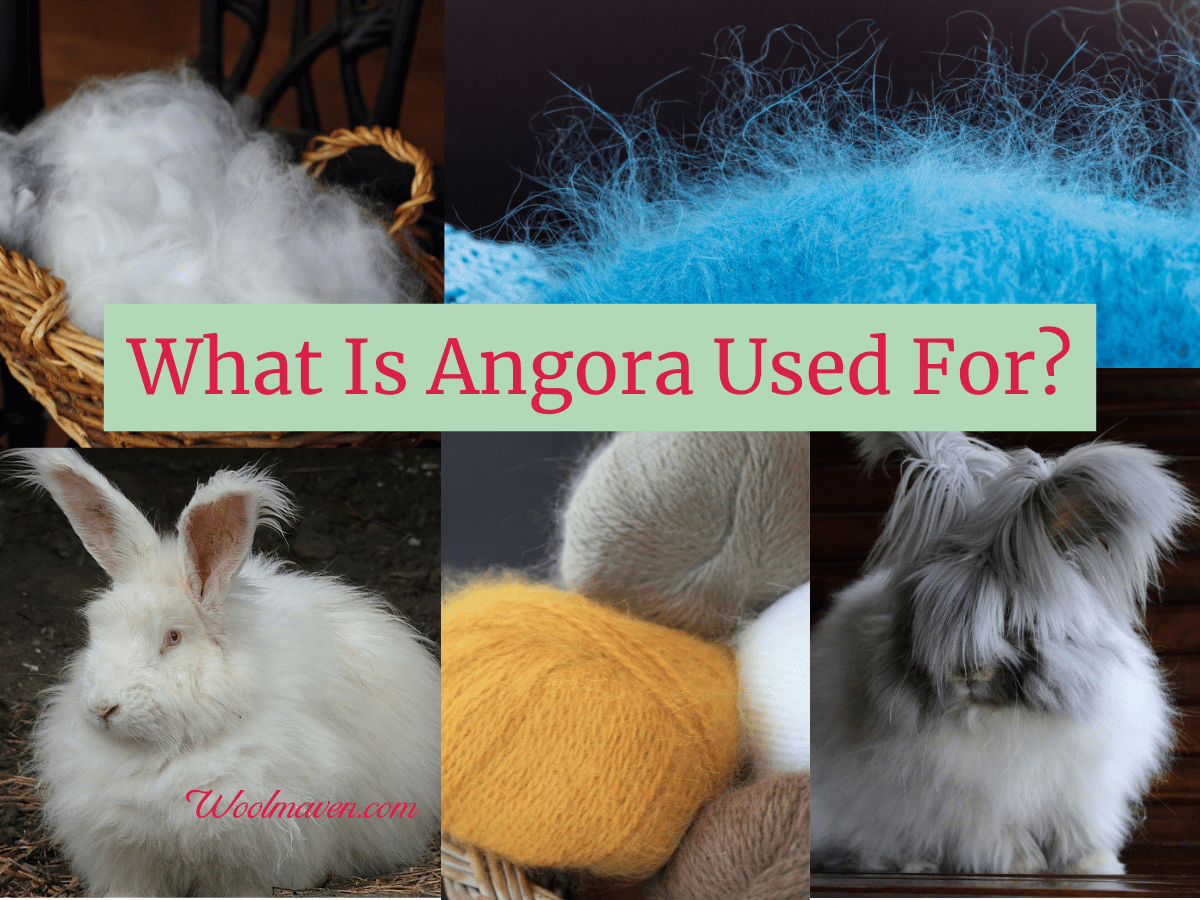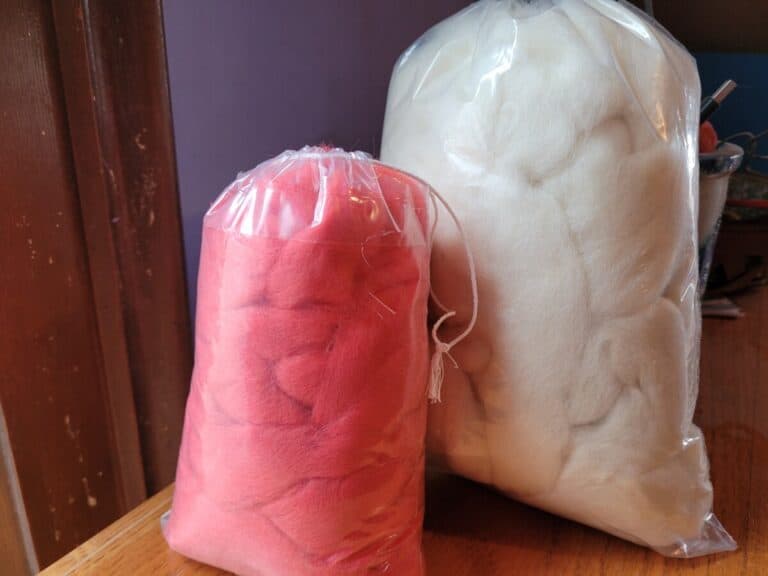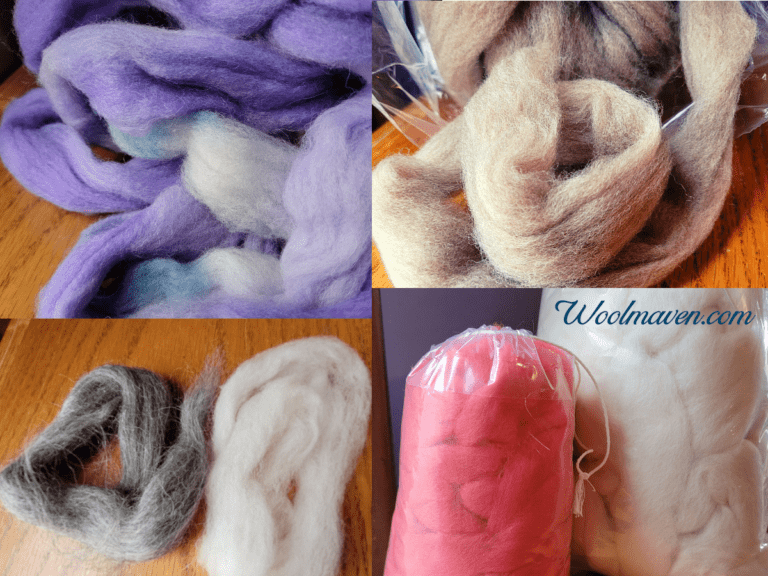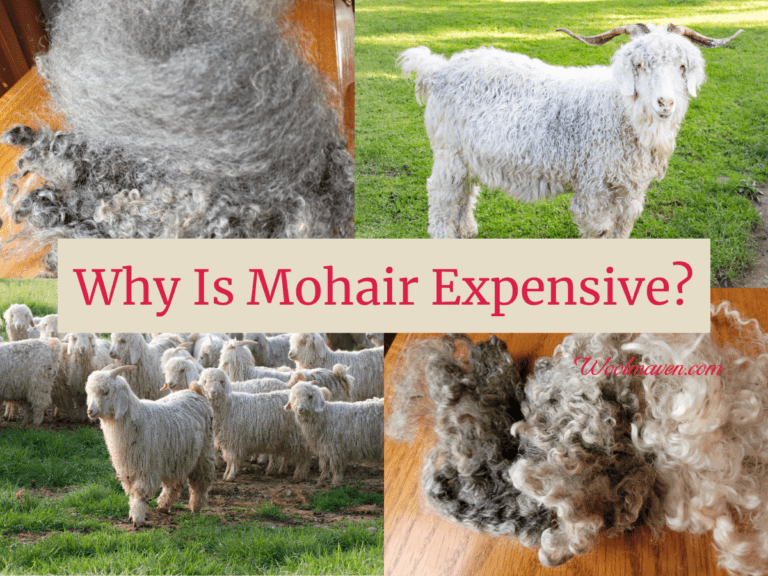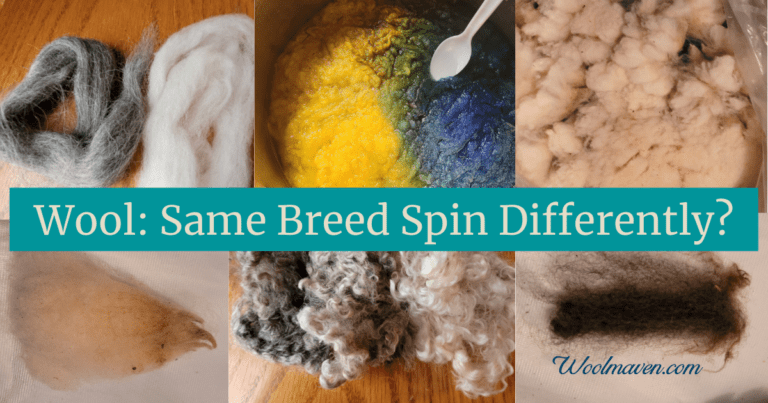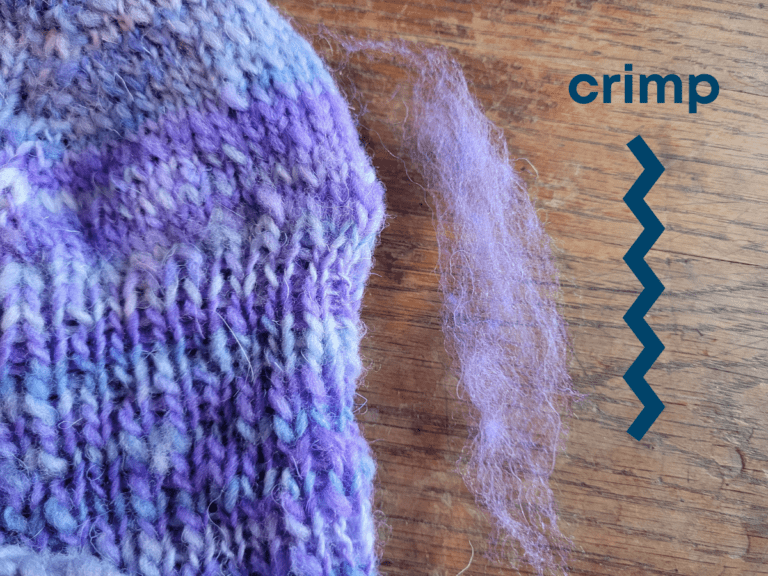What Is Angora Wool Used For?
Have you heard of angora wool and are wondering what on earth you’d do with it? Or, have you heard different (sometimes opposite!) things about the same fiber?
What’s the real scoop? What is angora wool good for and why would you use it?
Angora wool is from rabbits and is used to make luxury yarn for knitting or crochet. It is well known for being soft and having a halo and is most commonly used in next to the skin garments, such as sweaters or shawls.
| Characteristic needed | Is angora wool a good choice for this project? |
| soft | yes, angora wool is definitely soft |
| halo | yes, angora yarn will have halo |
| able to be felted | yes, angora fiber readily felts |
| durability | no, angora is not hard wearing -combine with wool for durability |
| elastic/memory | no, angora does not have elasticity or memory -blended with wool will have elasticity and memory |
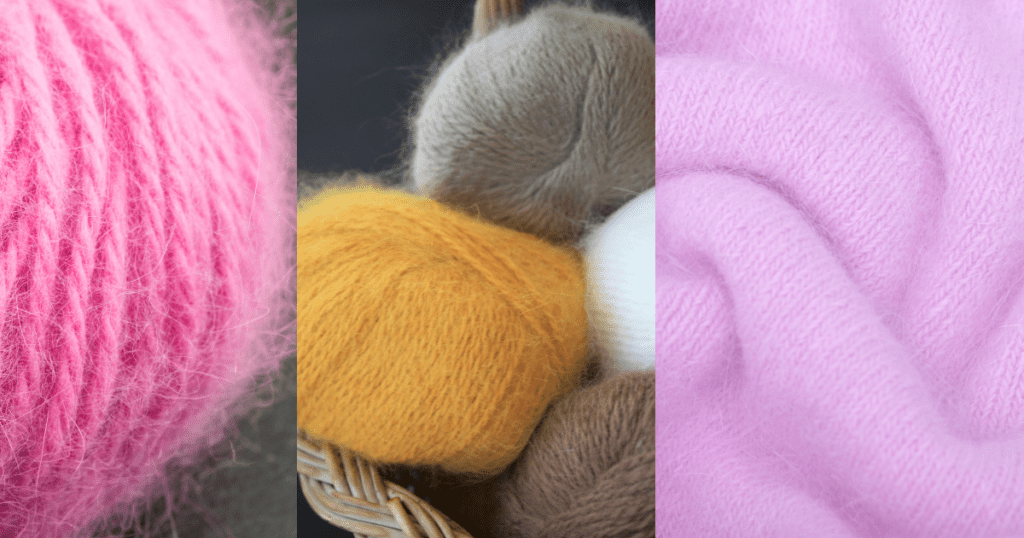
Pros And Cons Of Spinning Angora goes over the good and the not so good news for anyone thinking about working with angora rabbit fiber.
Angora for knitting and crochet
Angora rabbit wool is an incredibly soft fiber that can be used in yarns for both knitting and crochet. Angora can be used as a 100% angora yarn or as a blend.
What is so special about angora? Anything made with angora will have a halo, which is from the ends of the wool coming out of the twist and giving a fuzzy and soft look and feel to the yarn.
Halo is the hallmark of angora, so much so that if you see a sweater or other garment with halo, you can be fairly safe in figuring that there is a good amount of angora fiber in that yarn!
Angora is famous for those beautiful, soft and fuzzy sweaters, of course, and can be made into all manner of other garments where the halo and softness of angora can be highlighted.
Angora would be great for shawls, certain hat patterns (that do not need memory), the body of mittens, and sweaters and vests made to take full advantage of the halo.
This post contains affiliate links, which means I receive commissions if you choose to purchase through links I provide (at no extra cost to you).
Angora as a blend
Where angora really shines is as a blend, normally with sheep’s wool.
Angora blends combine the beauty, softness and halo of angora with the versatility, mainly resilience and memory, of sheep’s wool.
You can buy a commercial blend yarn, 15-30% angora seems to be common.
Make your own angora blend for spinning
You can blend your own angora fiber for spinning. This not only gives you control over the amount of angora, but also gives you full control over the wool choice to blend in.
I like to blend my own fiber with hand cards and found that a 50% angora worked the best for me. It gave me a wonderfully soft yarn that was still easy to work with and knitted up like a dream.
The hand cards that I use are Clemes & Clemes Curved Back Wool Cards. I’ve had them for almost 20 years and use them for all of my hand carding.
Any less angora, more like 25% angora, was soft, but not super soft and more angora, in the area of 75% angora did not feel any softer to me, yet was less workable for my knitting.
100% is wonderful, silky and has lovely halo, of course, but was harder for me to use due to lack of elasticity. So far, I prefer the 50% angora 50% wool for a soft, versatile blend.
For more details, read How To Hand Spin Angora Rabbit Wool For Beginners.
Angora for felting
Angora wool is also a wonderful choice for felting.
Angora wool comes in a few different lengths from the rabbit, this makes some of the wool the prime spinning fiber and the rest of the wool for that shearing to be better suited for felting.
The felting angora wool is shorter stapled and will be more haphazardly arranged when you get it. That’s a tough combination for handspinners, yet perfect for anyone looking for felting fiber!
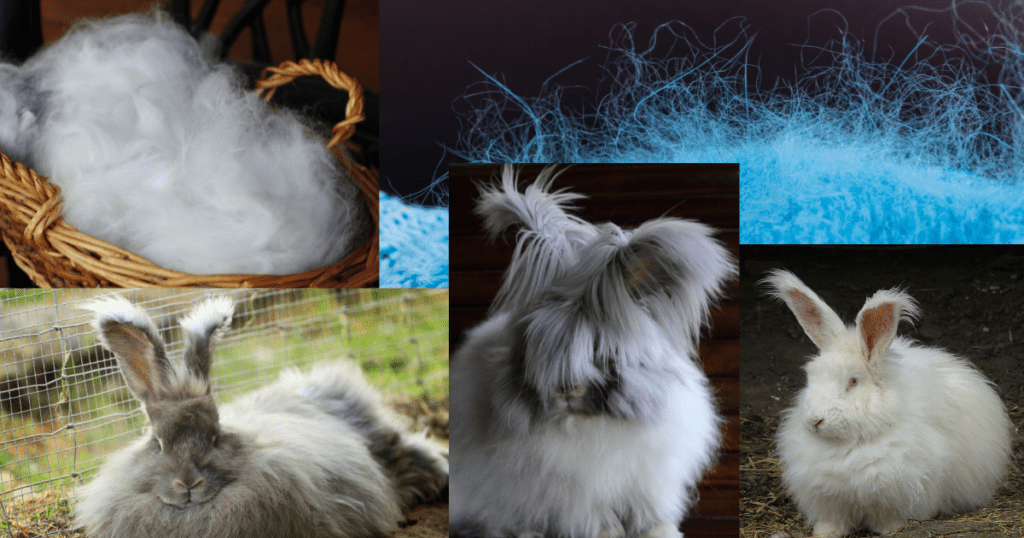
Angora is a specialty fiber
Angora wool is a specialty fiber, meaning that it is super at the things it is known for: softness, warmth and halo, but it is not a “do it all” fiber.
Angora is not well suited for any project where you need your yarn to have memory, meaning the yarn will bounce back to original shape after being stretched out.
Think of ribbed edging on a hat or mittens, these will not go back to shape if made from 100% angora.
The easy answer here is to make something with ribbing out of an angora blend, which would give you the lovely halo and you’d still get the memory and elasticity that you need.
Angora is also not ideal for anytime when strength is needed, like with warp for weaving. It could be used as the weft, since weft does not need to be as strong, but neither is popular.
Angora wool is from a rabbit
To put it simply: angora wool is from a rabbit.
There is quite a bit of confusion about what exactly is angora, since is the name of a fiber goat and the name of a rabbit raised for fiber.
While some folks use these terms interchangeably, meaning they use the word angora for both rabbit and goat fiber, that is incorrect. Angora fiber is the wool from rabbits.
The confusion with fiber goats is because the name of the breed of goat raised for fiber is angora, but the fiber from these goats is called mohair.
Anything made from angora goat fiber is properly called mohair, not angora. Mohair is known for strength and shine and comes in a variety of grades, from soft to coarse.
Contrast mohair with angora rabbit wool which does not have much strength and is always on the fine and soft end of fibers, angora rabbit wool is never coarse!
To add to the confusion, there is also another kind of spinning fiber that is from goats called cashmere. Cashmere is very soft, like angora rabbit wool, but not called angora, either!
Kromski has an interesting article on Spinning Angora Fiber, from why angora is such a fun fiber to why it can be challenging to spin and a few things you can do to make it easier.

